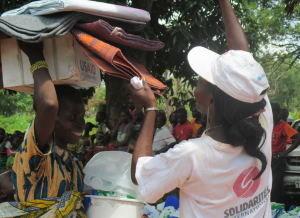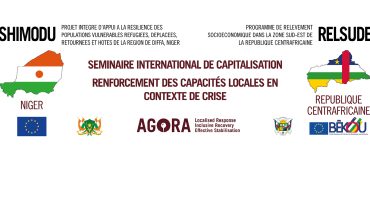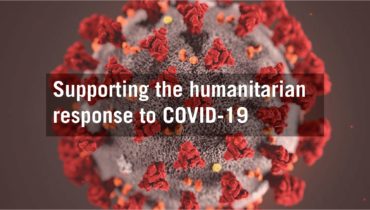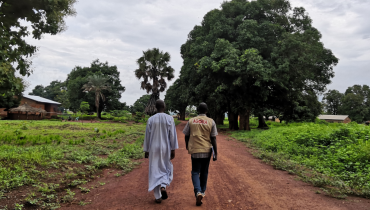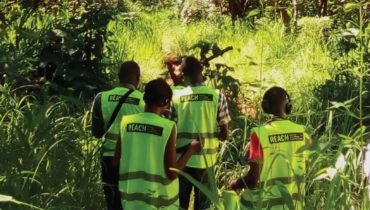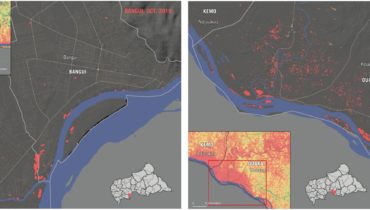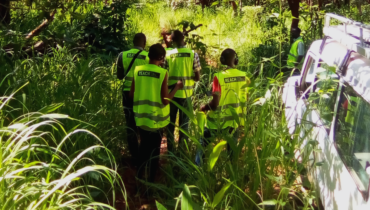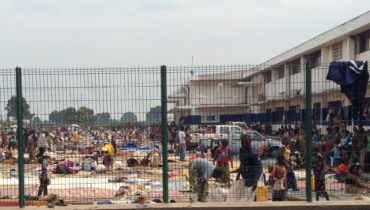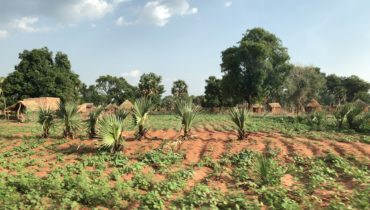CAR: Monthly update of the Rapid Response Mechanism with UNICEF
26 July 2016
Please follow this link to access the latest Rapid Response Mechanism update for August 2016.
Please follow this link to access the Rapid Response Mechanism update for July 2016.
Multiple displacement has taken place in Central African Republic (CAR) since 2005 as a result of conflict and crime. Since December 2013, nearly 900,000 people have fled their homes: an estimated 436,000 people are internally displaced, and an additional 460,000 people have found refuge in four neighbouring countries: Cameroon, Chad, DRC and Congo. Since March 2015, REACH supports the coordination of the country-wide Rapid Response Mechanism, managed by UNICEF.
The Rapid Response Mechanism (RRM) is a tool to monitor humanitarian action, conduct multisector assessments and intervene in Non-Food Items (NFI) and Water, Sanitation and Hygiene (WASH) when there is no capacity on site. It is made possible by the humanitarian network of partners dispersed throughout the country, which has the capacity to conduct rapid Multi-Sectorial Assessments (MSAs) post-conflicts or natural/environmental disasters. REACH developed an online interactive dashboard to monitor the evolution of the RRM on a monthly basis, which you can access here (latest update on September 14th).
During the first half of 2016, more than 180 activities were implemented, be they exploratory missions, assessments, NFI and WASH interventions – covering most of the country, and the total number of beneficiaries was more than 75,000 for NFIs and about 20,000 for WASH activities. Results from the latest Post-Distribution Monitoring from REACH showed that over the last 6 months, 88% of populations having received NFIs distributions were “completely satisfied”, with only 2% “not satisfied at all”. Concerning the month of June only, 24 alerts were triggered, alongside 11 exploratory missions and 6 MSAs, with a focus on the North-Western and Ouaka regions, mostly due to conflict related events in the region.
The RRM is increasingly a key mechanism in CAR for immediate context understanding and response to sudden crises. The RRM is also used as a key source of information from the wider humanitarian community. EU staff in CAR commented: “The RRM interactive dashboard is a really useful tool to represent the situation, but above all to support programming and monitoring”.
To access the June 2016 update of the CAR RRM factsheet, follow this link.
Photo: CAR RRM: NFIs distribution. Credits: Solidarités International / RRM

